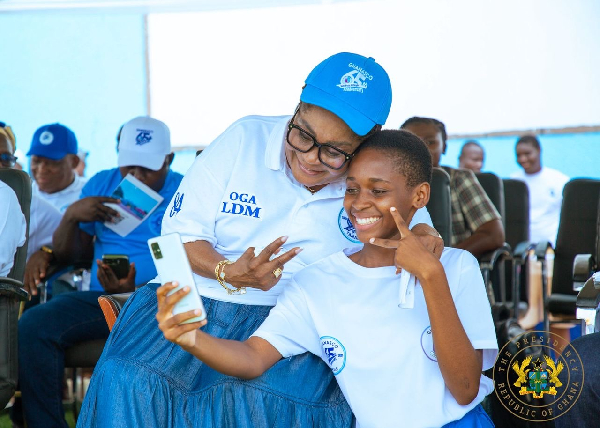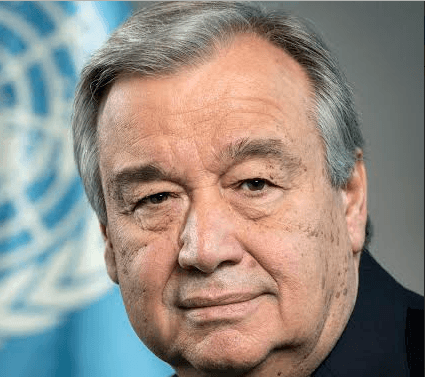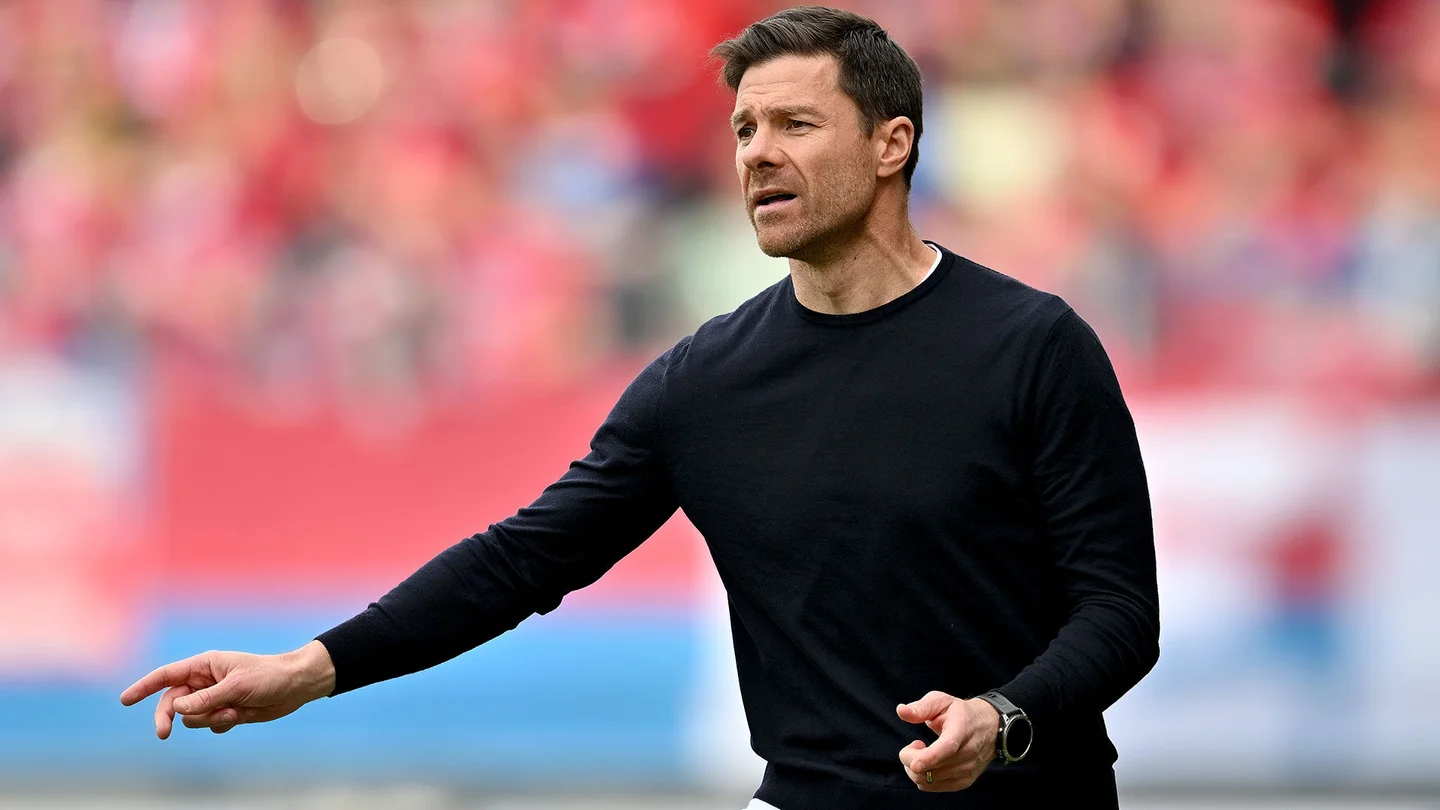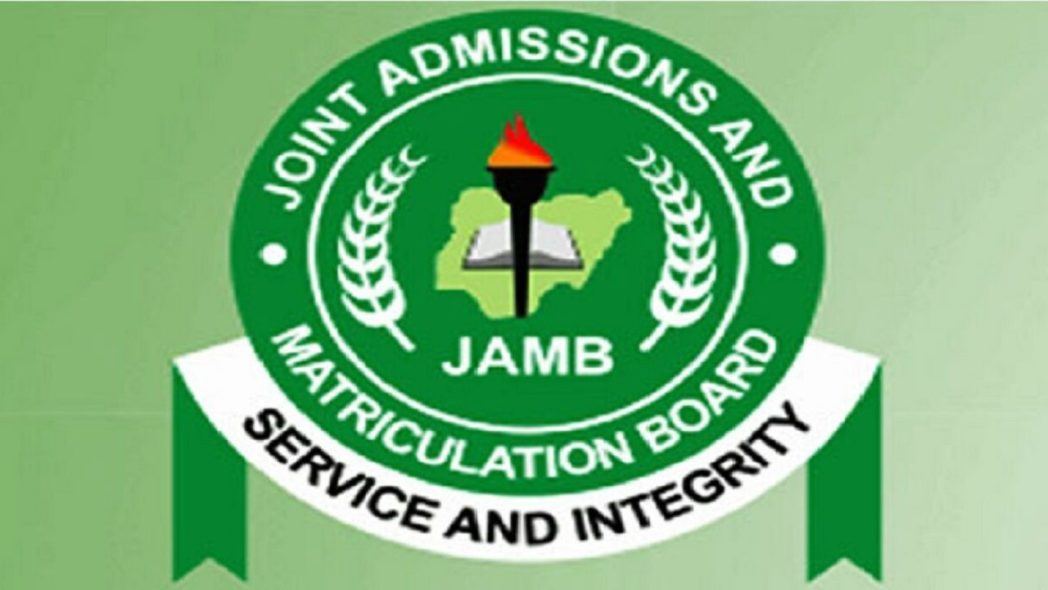Even as a relentless advocate for the restoration of the original format of the National Sports Festival (NSF), the decision by the National Sports Commission (NSC) to invite young athletes to participate in the 2025 edition of the Nigerian Olympics in form of Invited Junior Athletes (IJA) is highly commendable, and if properly executed, would help tackle Nigeria’s declining fortunes in sports.
So, for the first time in the history of the biennial Games, young athletes who are under 17 years will take part in the sports festival as the “38th state”, after the Federal Capital Territory (FCT) which usually swells the number of states at the Games to 37. The “38th state” will feature on the medals table, and any young athlete who makes a podium finish will be decorated with the appropriate medal. This is no doubt a stamp of legitimacy on the budding athletes’ participation.
According to the NSC, the decision to extend invitation to the junior athletes is a strategic move designed to integrate emerging young talents into Nigeria’s biggest multi-sports event. What this means is that promising junior athletes identified through the National Youth Games will now have the opportunity to compete at the highest level, rubbing shoulders with elite athletes from across the country. This is no doubt a game-changer because the initiative holds the potential to revolutionise the nation’s approach to talent discovery and sustainability.
The NSC has also stated clearly that its plan is to establish a long-term innovation with long- term impact. Of course, when a strong development framework for Nigerian sports is established, the long-term benefits will be immeasurable. The introduction of the IJA programme at the NSF will no doubt ensure a steady flow of athletes who can seamlessly transition from junior to elite-level competitions.
For years, one of the biggest challenges facing Nigerian sports has been the lack of a structured succession plan. While the country has consistently produced world-class athletes, a significant gap often exists between promising young athletes and those who eventually rise to international success. Many talents fell by the wayside due to inadequate exposure, poor mentorship, and limited competition opportunities.
However, by incorporating junior athletes into the NSF, the sports commission is directly creating a structured pathway for young athletes to grow, develop, and eventually dominate at both national and international levels.
Before this novel idea, I was quite disturbed that the poster-boy of Nigerian table-tennis, Aruna Quadri, is showing signs of fatigue but no one is paying attention to the looming danger. Whenever our star athletes are ageing, there should be good replacements for them. This is why the search for future stars through the IJA programme is laudable.
Moreover, the initiative is in line with the vision of the International Olympics Committee (IOC), which has emphasised the importance of youth development in sports, exemplified by the creation of the Youth Games. Interestingly, many leading sports nations have successfully adopted similar models to grow their future champions. Therefore, the IJA programme can easily pass for a demonstration of Nigeria’s commitment to nurturing young athletes while giving them the competitive edge needed to excel at the elite level.
Furthermore, by allowing junior athletes to compete alongside seasoned professionals, the generational gap in Nigerian sports will be bridged remarkably. The initiative offers an invaluable mentorship opportunity, allowing young athletes to train, compete, and learn directly from the nation’s top performers. Such interaction not only inspires but also accelerates the learning curve, equipping young talents with the experience and resilience needed to succeed in international sports.
Honestly, this programme, if successful, will help strengthen Nigeria’s sports talent development ecosystem. The NSF has long been regarded as Nigeria’s own version of the Olympics Games, bringing together the best athletes from all corners of the country. With the inclusion of the IJA programme, the sports festival will also serve as a discovery ground for the next generation of stars in line with the good intention of the founding fathers of the Games.
It is expected that with proper monitoring and mentoring, those youthful athletes to be discovered at the “Gateway Games” and subsequent editions would likely progress to represent Nigeria at major international competitions like the African Games, Commonwealth Games and the Olympics.
However, it is pertinent to state at this juncture that as commendable as the initiative is, it is a double-edged sword. The sustainability of the IJA programme will depend heavily on its successful execution at the Gateway Games. It is a double-edged sword because if the young athletes suffer crushing defeats, the tendency for some of them to develop low self-esteem and feeling of inferiority will be very high.
While we pray that they also should win medals that will reinforce their confidence, they must be made to understand the spirit behind their participation. They will be participating primarily to gain exposure, be inspired and mentored by the already established stars. Therefore, a competent sports psychologist must speak to the young athletes before the start of competition.
More importantly, if the programme succeeds, the initiative could set the precedent for future editions of the NSF and potentially influence sports development policies in Nigeria for years to come. This is why it must be diligently prosecuted in Abeokuta when the 22nd edition of the NSF gets underway next month.
In conclusion, my thumbs up to the IJA programme is not a decision to abandon my endless campaign for elite athletes to leave the NSF for amateur athletes. The original intention was for the festival to serve as a discovery and breeding ground for future stars. Unfortunately, after initial compliance, the Games have been thrown wide open such that even foreign based professional athletes are admitted to compete against upcoming athletes.
The disadvantages in throwing the Games open far outweigh the gains. In a recent article, I pleaded with the new NSC to review the policy and consider having a separate sports festival for elite athletes while leaving the NSF for graduates of the Youth Games as contained in the new IJA initiative.
Therefore, my desire is for the NSC to nurture this new initiative and continue to plan towards reverting to the original design of the NSF when amateur athletes competed amongst themselves without any hindrance or inference from the elite athletes.
Like I always say, as long as we allow wealthy states to continue to hire foreign athletes to compete for them, the whole essence of the NSF will remain defeated. So, in no distant future, the NSC should make the NSF an exclusive reserve of products of the National Youth Games (NYG) who are now called IJA representing the “38th state” at the 2025 NSF.












